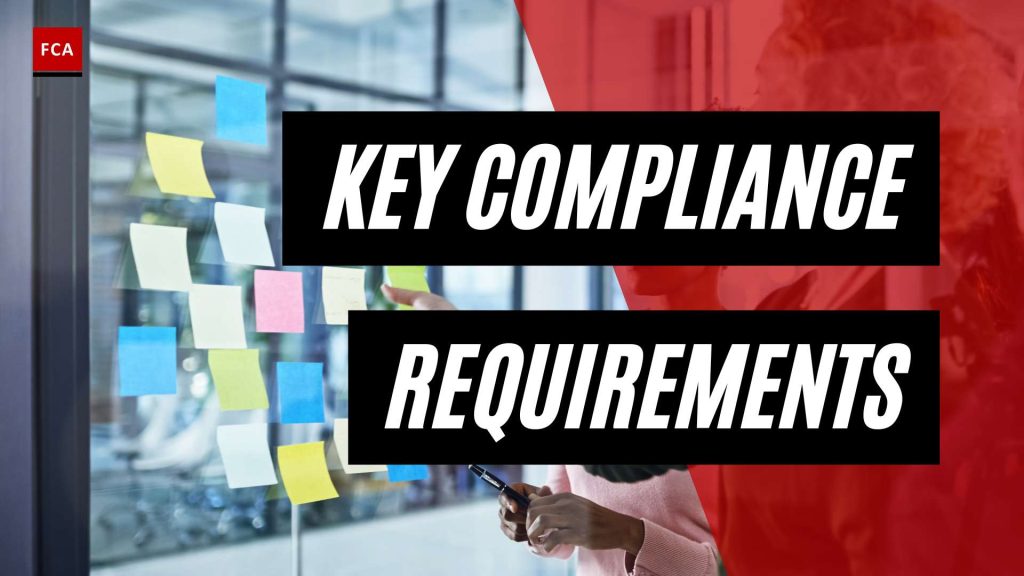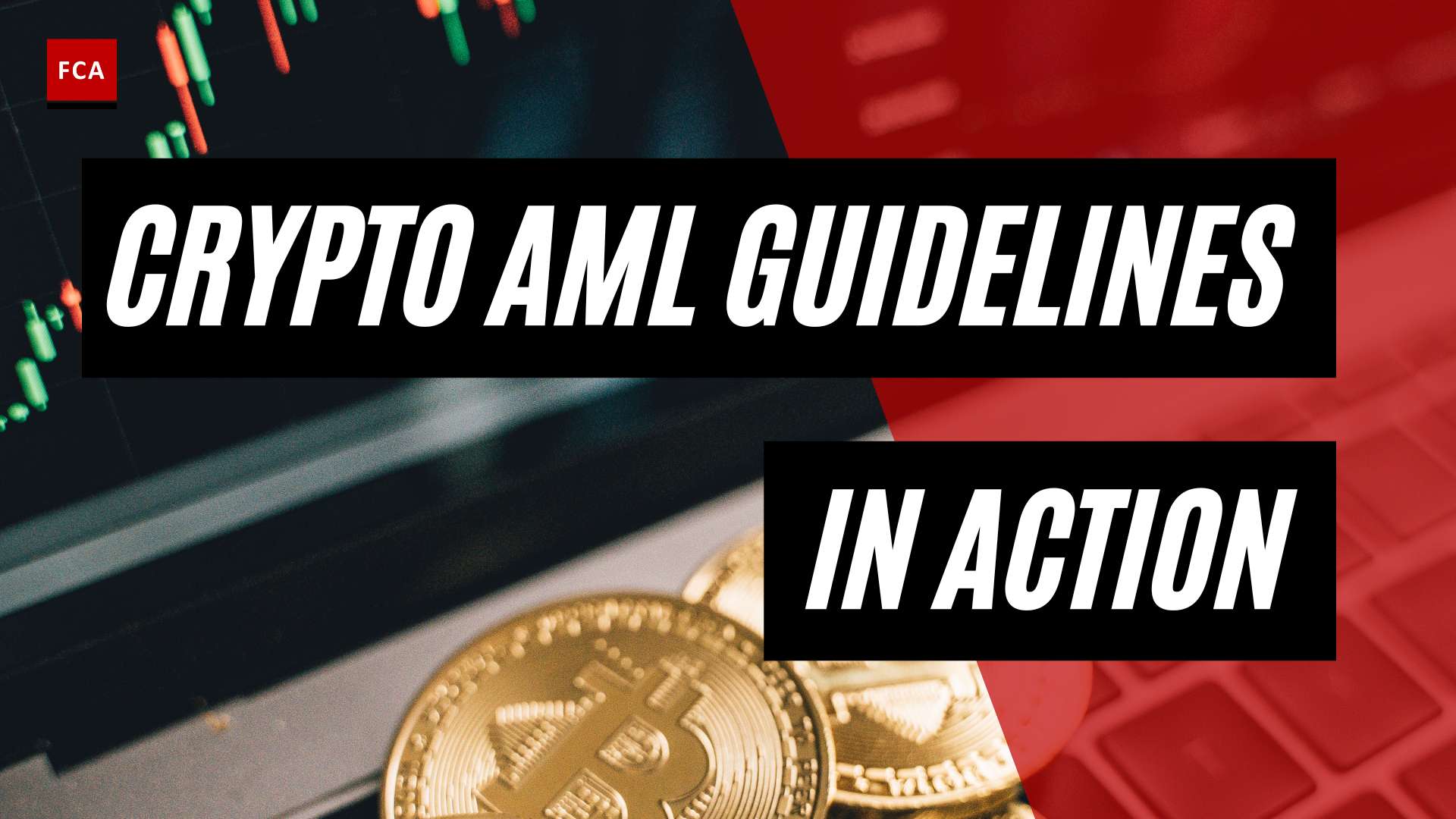Understanding AML Compliance
As the financial landscape becomes more complex, the importance of Anti-Money Laundering (AML) compliance is increasingly recognized by businesses and regulatory bodies alike. Navigating the intricate web of AML compliance requirements can be challenging, but a robust understanding of its importance and evolution can help businesses maintain regulatory compliance, protect their reputation, and mitigate financial and legal risks.
Importance of AML Compliance
Financial crime compliance, including AML, has become increasingly critical and challenging. Businesses are required to demonstrate the effectiveness of their compliance programs as regulations become more robust. The importance of AML compliance is underscored by the severe consequences of non-compliance. These can range from significant financial penalties to reputational damage, loss of customer trust, and even criminal prosecution of individuals involved in non-compliant activities.
Further, the consequences of non-compliance extend beyond financial institutions. Non-compliant activities can impact the broader economy and society by facilitating illicit financial activities, corruption, and other criminal behavior. Hence, adherence to AML compliance requirements is not only a legal obligation but a societal responsibility.
Evolution of AML Regulations
The global regulatory landscape for AML compliance is constantly evolving. New laws, regulations, and guidelines are continually introduced to address emerging threats and vulnerabilities in the financial system related to money laundering and terrorist financing activities (Financial Crime Academy).
Regulatory authorities such as the Financial Crimes Enforcement Network (FinCEN) in the United States or the Financial Conduct Authority (FCA) in the UK play a crucial role in enforcing AML compliance requirements and conducting investigations into suspected instances of non-compliance. These bodies are instrumental in shaping AML regulations, ensuring financial institutions adhere to prescribed guidelines.
Today, AML compliance requirements mandate that financial institutions implement robust transaction monitoring solutions capable of analyzing customer data, transaction history, and patterns to identify and report any suspicious activities to regulatory authorities (SEON). This includes performing Customer Due Diligence (CDD), a process used to gather information about customers to identify and mitigate risks like money laundering and financing terrorism.
Understanding the evolving nature of AML regulations and the importance of compliance is the first step in establishing a robust AML compliance program. As we delve deeper into the key elements of AML compliance, we will explore the specific requirements and strategies businesses need to implement to maintain compliance and mitigate risks.
Key Elements of AML Compliance
In order to maintain AML compliance, certain key elements must be incorporated into an organization’s AML compliance program. These elements are Customer Due Diligence (CDD), Transaction Monitoring, and Suspicious Activity Reporting.
Customer Due Diligence (CDD)
Customer Due Diligence (CDD) is a critical process used by financial institutions and businesses to gather information about customers to identify and mitigate risks such as money laundering and financing terrorism. The CDD process involves collecting and verifying information on a customer’s identity, financial situation, and business operations. This information gathering is crucial for compliance with regulations and to ensure that organizations are equipped to detect and prevent illicit activities.
Part of the CDD process also involves ongoing monitoring of customers’ activities to quickly identify potential risks or any suspicious changes that may indicate involvement in illicit activities. This continual surveillance is essential for maintaining compliance and safeguarding against financial crimes (Signicat). To help with this, you can refer to our customer due diligence checklist.
Transaction Monitoring
Another vital element of AML compliance is Transaction Monitoring. This involves the analysis of financial transactions like bank transfers, credit card payments, and customer transactions to detect and prevent money laundering, fraud, and terrorist financing through the identification of patterns and irregularities (Sanction Scanner).
To establish an effective AML transaction monitoring process, thorough risk assessments must be conducted to identify types of financial transactions susceptible to money laundering. AML systems must then be designed, tested before implementation, and constantly monitored, maintained and enhanced to meet regulatory compliance.
Moreover, financial institutions must automatically detect and alert relevant authorities about any suspicious activity using the AML system and have protocols in place for notifying and escalating any detected suspicious activity. AML transaction monitoring systems must be periodically reviewed and updated with advanced analytics and machine learning algorithms to identify suspicious transactions and reduce the need for manual checks, ensuring compliance with legal standards.
Suspicious Activity Reporting
The final key element of AML compliance is Suspicious Activity Reporting. AML compliance requirements demand that financial institutions implement robust transaction monitoring solutions that can analyze customer data, transaction history, and patterns to identify and report any suspicious activities to regulatory authorities. These reports are critical for law enforcement agencies to detect and investigate potential instances of money laundering or terrorism financing.
It’s also important to note that digital currency service providers are also required to comply with AML regulations to mitigate the risk of money laundering and terrorist financing activities facilitated through cryptocurrencies, as highlighted in the 5AMLD and 6AMLD directives.
In conclusion, these three key elements—Customer Due Diligence, Transaction Monitoring, and Suspicious Activity Reporting—are crucial to an effective AML compliance program. By prioritizing these areas, organizations can significantly enhance their AML compliance posture and effectively mitigate the risks associated with money laundering and other financial crimes.
Implementing an AML Program
Implementing an effective Anti-Money Laundering (AML) program is a crucial aspect of meeting the AML compliance requirements. This typically includes the development of internal policies, procedures, and controls, designation of an AML compliance officer, an ongoing employee training program, and an independent audit function to test programs.
Development of Policies and Procedures
The first step in implementing an AML compliance program is the development of policies, procedures, and controls. These guidelines provide a roadmap for how to identify, assess, and mitigate the risk of money laundering and terrorist financing.
A crucial component of these policies is the Customer Due Diligence (CDD) process. CDD involves collecting and verifying information on a customer’s identity, financial situation, and business operations. This information gathering is essential for compliance with regulations and to ensure that organizations are equipped to detect and prevent illicit activities such as money laundering and financing terrorism.
Another integral part of the AML policies and procedures is transaction monitoring. Financial institutions are required to implement robust transaction monitoring solutions that can analyze customer data, transaction history, and patterns to identify and report any suspicious activities to regulatory authorities (SEON).
Designation of an AML Officer
A key requirement in an AML program is the designation of an AML Officer. This individual is responsible for overseeing the implementation of the AML policies and procedures and ensuring the organization’s compliance with AML regulations. The AML Officer is also typically responsible for reporting any suspicious activities to the relevant authorities.
Employee Training and Awareness
Employee education is critical to the success of any AML program. All staff members, not just those in compliance or risk management roles, need to be aware of the signs of money laundering and understand the protocols for reporting suspicious activities.
Training programs should be tailored to the specific roles and responsibilities of employees and should be updated regularly to reflect changes in regulations or the organization’s risk profile. These programs can be supplemented with resources such as the AML compliance checklist and AML compliance certifications to ensure a thorough understanding of AML compliance requirements.
By developing robust policies and procedures, designating an AML Officer, and implementing ongoing employee training, organizations can build a strong AML program that helps to mitigate risk and ensure compliance with AML regulations.
Regulatory Bodies and AML Compliance
Understanding the role of regulatory bodies is essential to ensuring adherence to AML compliance requirements. They not only enforce these requirements but also conduct investigations into suspected instances of non-compliance.
Role of FinCEN and FCA
In the United States, the Financial Crimes Enforcement Network (FinCEN) is a leading authority in enforcing AML laws. Established in 1990 under the Treasury Department, FinCEN provides regulatory guidance to financial institutions, helping them meet their AML compliance obligations (Investopedia).
Across the Atlantic, the Financial Conduct Authority (FCA) plays a similar role in the United Kingdom. Both FinCEN and FCA are instrumental in investigating suspected instances of non-compliance and enforcing AML regulations.
These bodies play a crucial role in maintaining the integrity of the financial system, detecting and deterring money laundering activities, and ensuring that organizations meet their AML compliance requirements. A firm understanding of the guidelines provided by these regulatory bodies is an essential component of any effective AML compliance program.
Global Enforcement of AML Regulations
AML regulations are not just a national concern; they are subject to global enforcement. International organizations, such as the Financial Action Task Force (FATF), set standards and expectations for AML compliance across borders.
The global regulatory landscape for AML compliance is constantly evolving. New laws, regulations, and guidelines are continually being introduced to address emerging threats and vulnerabilities in the financial system related to money laundering and terrorist financing activities.
In order to ensure compliance, organizations must stay abreast of these changes and adjust their AML programs accordingly. This might involve updating their AML compliance checklist or investing in new AML compliance software. Regular training can also ensure that employees are up to date with the latest AML compliance requirements, making AML compliance training a valuable tool for any organization.
In conclusion, both national and international regulatory bodies play a crucial role in enforcing AML compliance. Understanding the role and guidelines of these bodies can help professionals in compliance, risk management, anti-money laundering, and anti-financial crime navigate the complex world of AML regulations.
Consequences of Non-Compliance
Non-compliance with AML regulations can lead to severe consequences for financial institutions. These consequences range from financial penalties to reputational damage and even legal implications.
Financial Penalties
Financial institutions that fail to adhere to AML compliance requirements may face substantial financial penalties. Governments and regulatory bodies around the world impose strict penalties, including hefty fines for non-compliance. These fines can potentially cripple a financial institution, making it essential for companies to have a robust AML compliance program for risk mitigation.
Reputational Damage
Beyond financial penalties, non-compliance can lead to significant reputational damage. Loss of reputation can harm a financial institution’s ability to attract and retain clients, and it can take years to recover from such a blow. Moreover, reputational damage can often have a more lasting and damaging effect on a company than even the most substantial financial penalties. Therefore, maintaining a robust AML compliance checklist is crucial in preserving a firm’s reputation.
Legal Implications
In addition to financial and reputational consequences, there can be serious legal implications for non-compliance with AML regulations. These can include potential criminal charges and imprisonment for individuals or organizations found to be in violation of AML compliance requirements. These legal implications underscore the necessity for comprehensive AML compliance training and adherence to an AML compliance framework.
In conclusion, non-compliance with AML regulations can result in severe financial penalties, reputational damage, and even criminal prosecution. Therefore, financial institutions must prioritize their AML compliance efforts to mitigate these risks. By regularly reviewing and updating their AML compliance programs, leveraging technology in AML compliance, and conducting continuous risk assessments, they can stay ahead in AML compliance and protect their institutions from these potential consequences.
Staying Ahead in AML Compliance
With the dynamic nature of money laundering tactics and the evolving regulatory landscape, staying ahead in AML compliance is a continuous endeavor. Financial institutions need to constantly review and update their AML compliance programs, leverage technology for efficient compliance, and carry out continuous risk assessment.
Regular Review and Updates
AML regulations are subject to global enforcement, with international organizations like the Financial Action Task Force (FATF) setting standards and expectations for AML compliance across borders. As such, it’s necessary for financial institutions to regularly review and update their AML compliance programs to stay in line with these evolving regulations SAS.
Regular updates should cover all elements of the program, including customer due diligence, transaction monitoring, and suspicious activity reporting. For a comprehensive guide, you can refer to our AML compliance checklist.
Leveraging Technology in AML Compliance
In the era of digital finance, leveraging technology plays a crucial role in meeting AML compliance requirements. Technologies such as AI and machine learning allow financial institutions to automate processes, analyze large volumes of data, and detect suspicious activities more efficiently SAS.
Advanced AML compliance software can help organizations streamline their compliance process and ensure accuracy and efficiency. With the right technology, financial institutions can keep up with the ever-increasing volume of transactions and the sophisticated tactics used in money laundering.
Role of Continuous Risk Assessment
Continuous risk assessment is another vital element of AML compliance. It involves regularly evaluating the effectiveness of the AML program, identifying emerging risks, and adapting to changing regulations SAS.
The assessment should consider various risk factors, such as the nature of the customer’s business, the countries they operate in, and the types of transactions they conduct. This continuous risk assessment ensures that the AML program remains effective, up to date, and responsive to the evolving risk landscape.
In conclusion, staying ahead in AML compliance requires a commitment to regular review and updates, leveraging technology, and continuous risk assessment. By incorporating these strategies into their compliance practices, financial institutions can ensure that they meet AML compliance requirements and mitigate the risks associated with money laundering.








